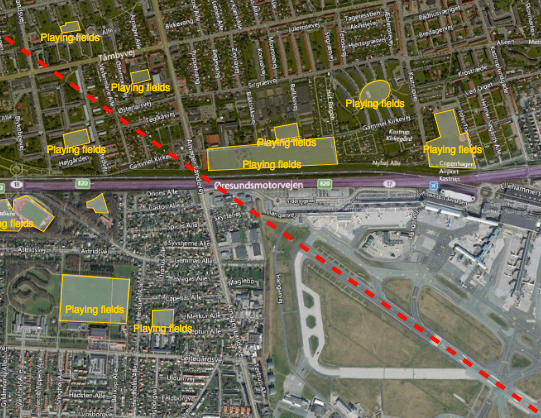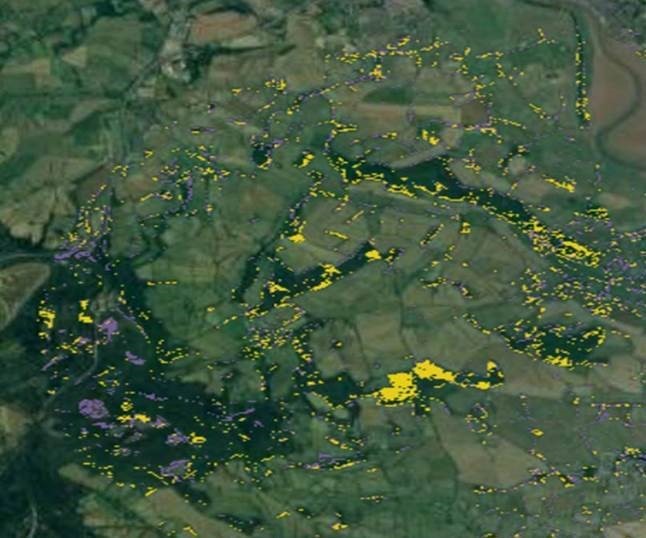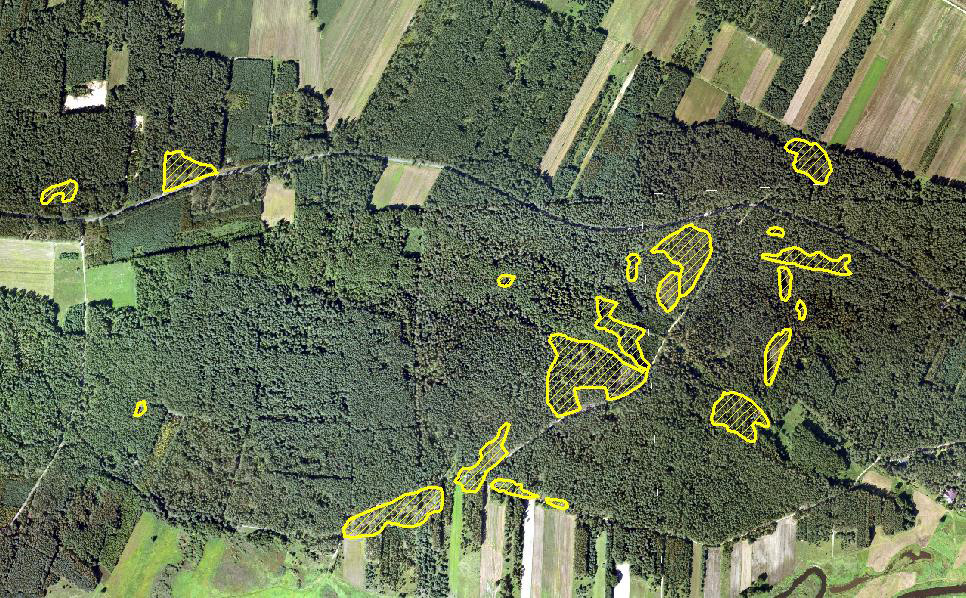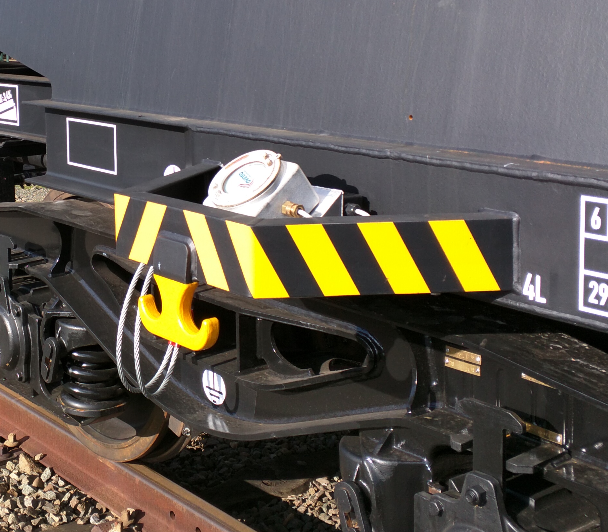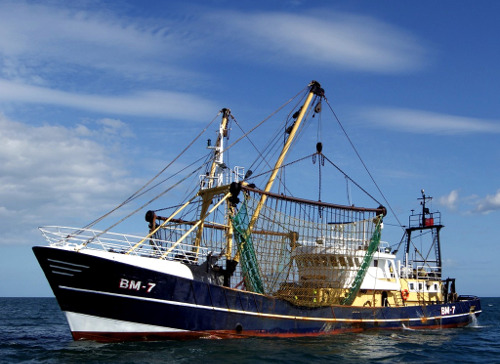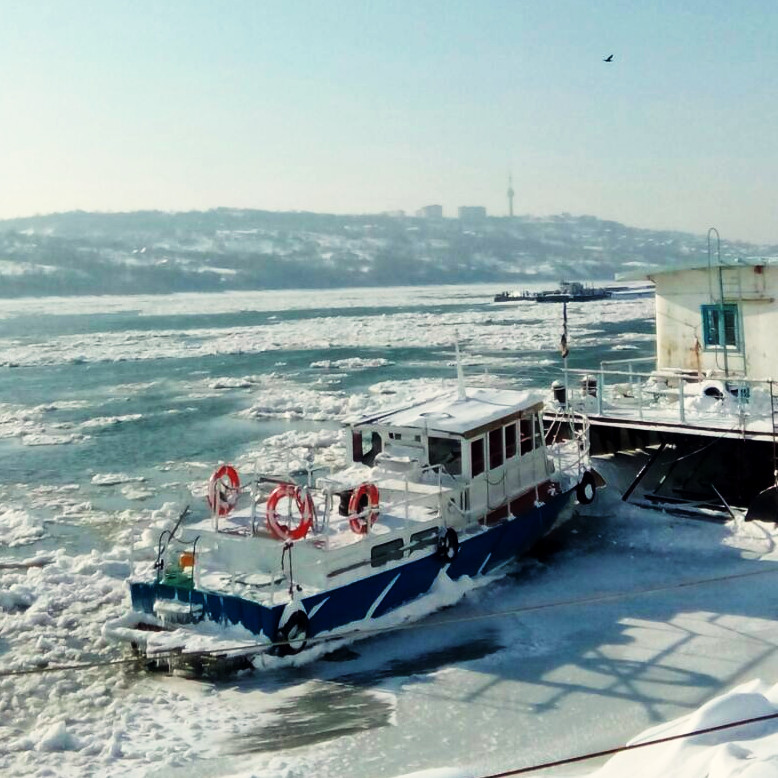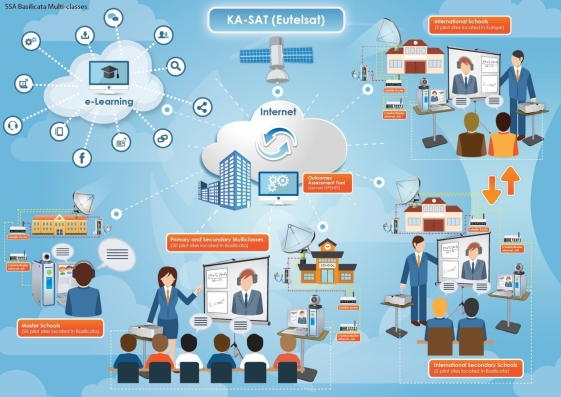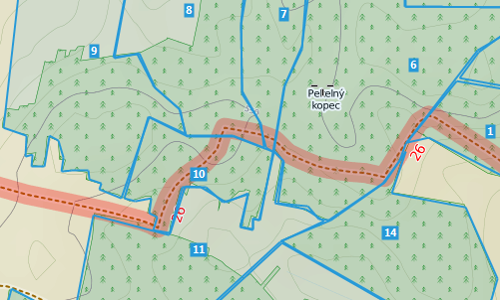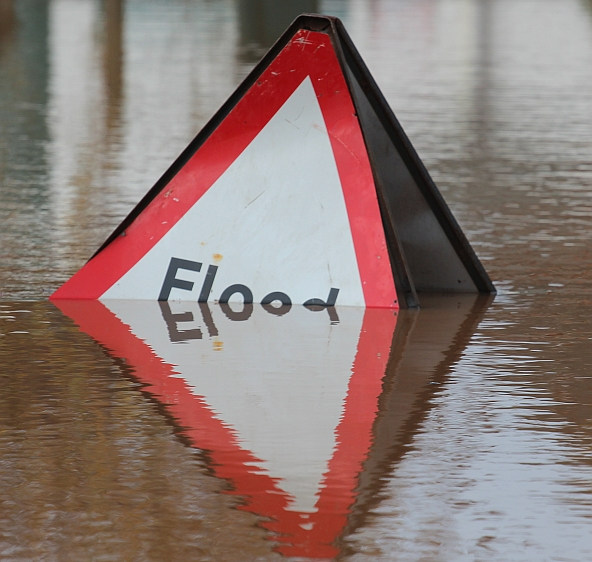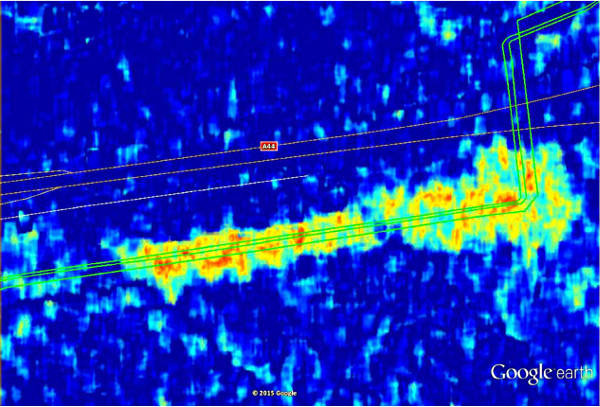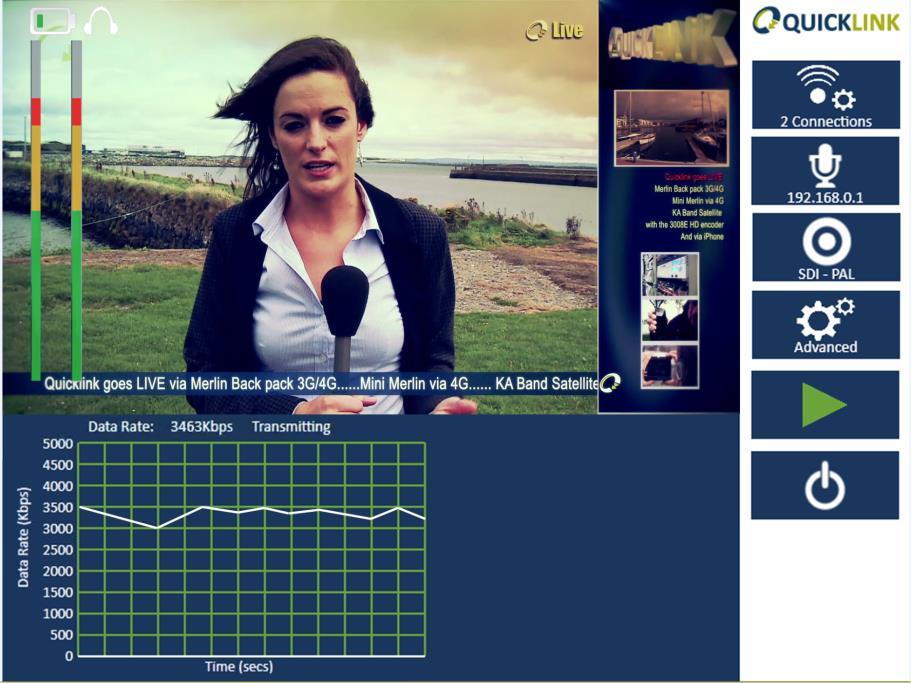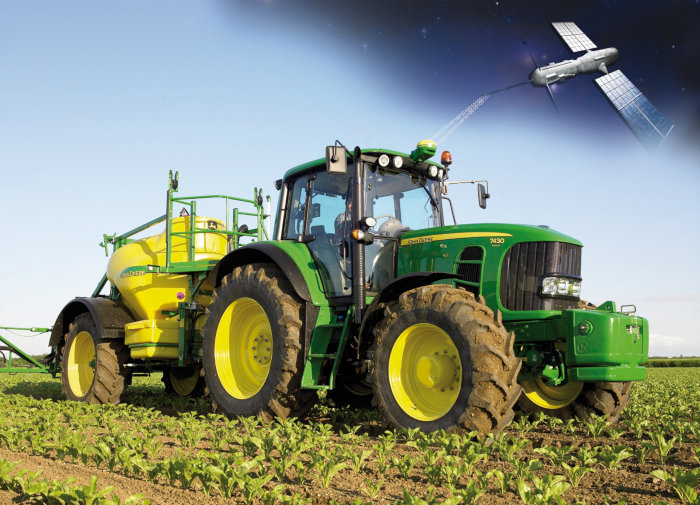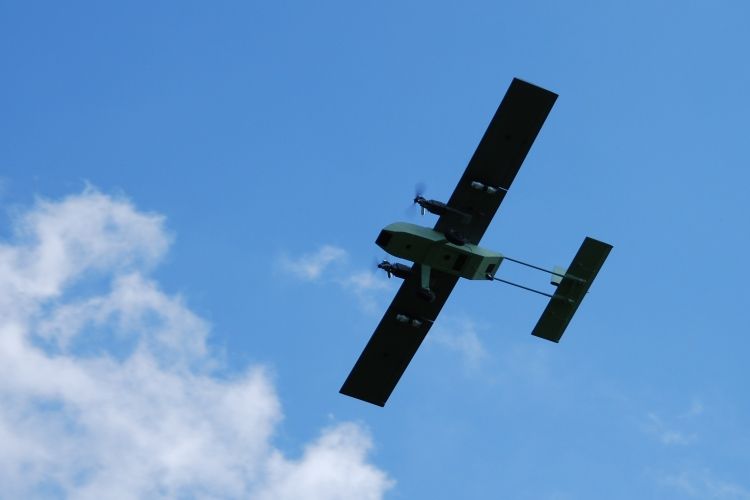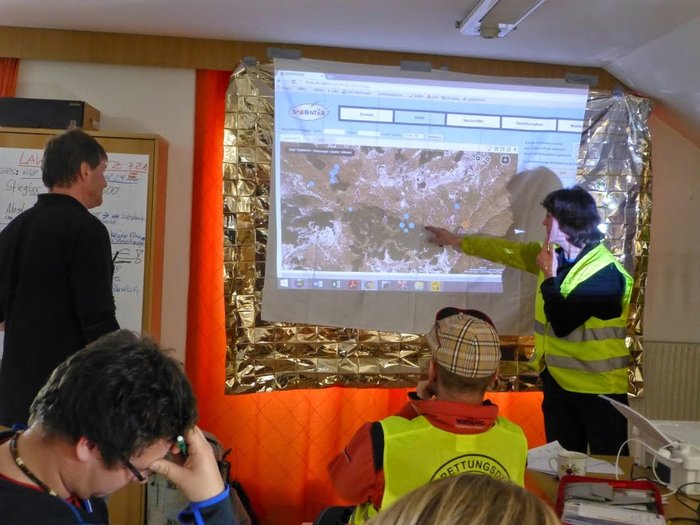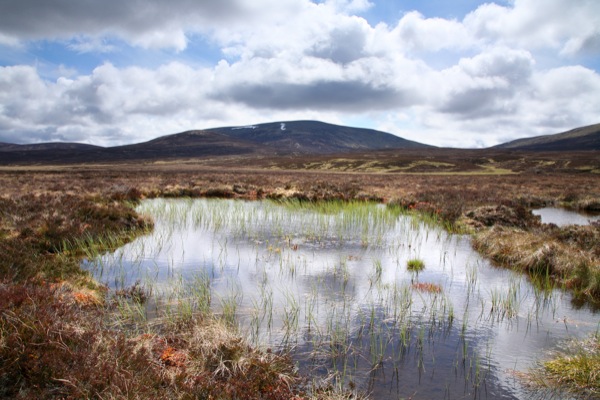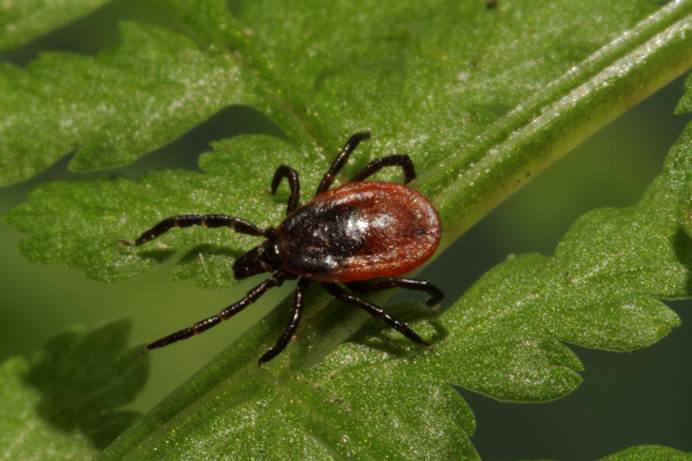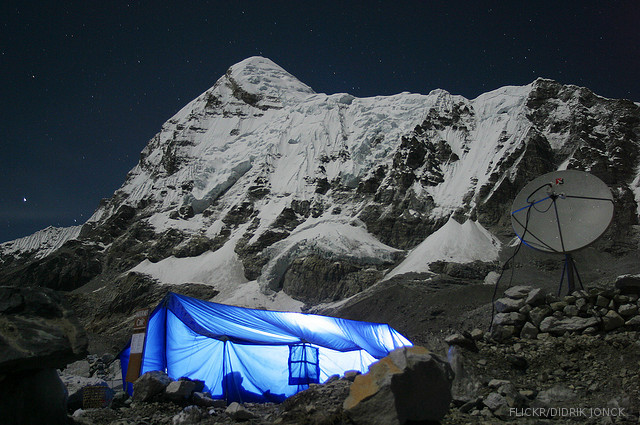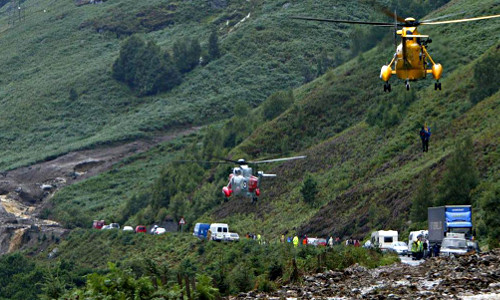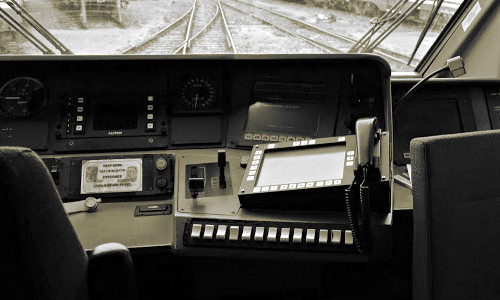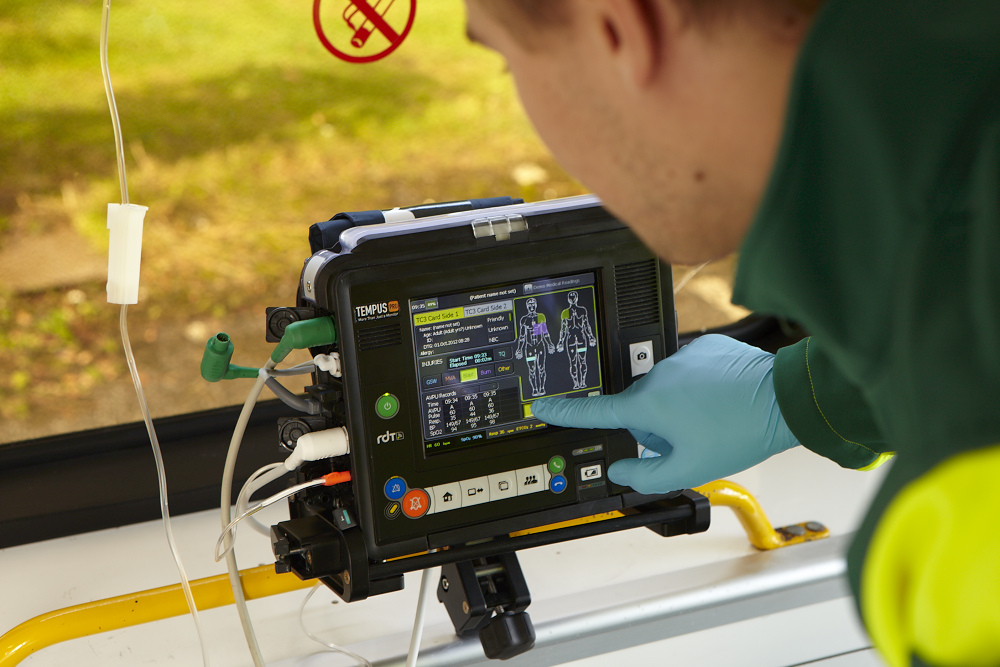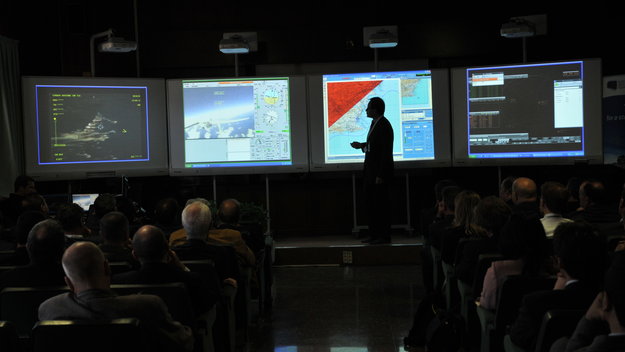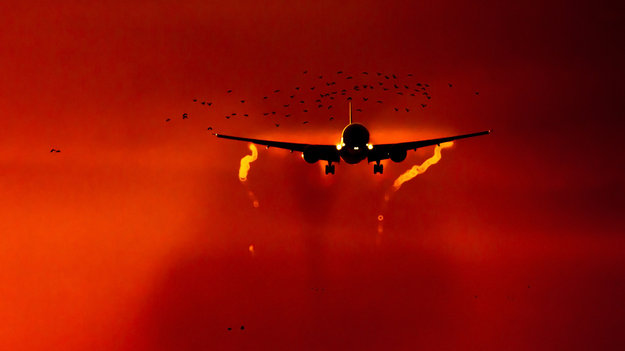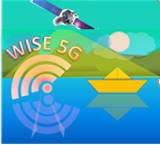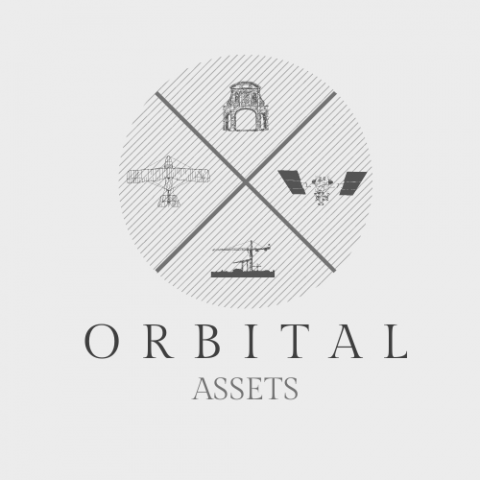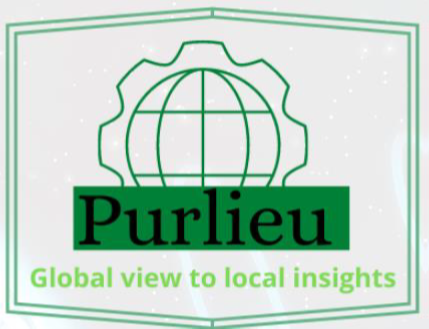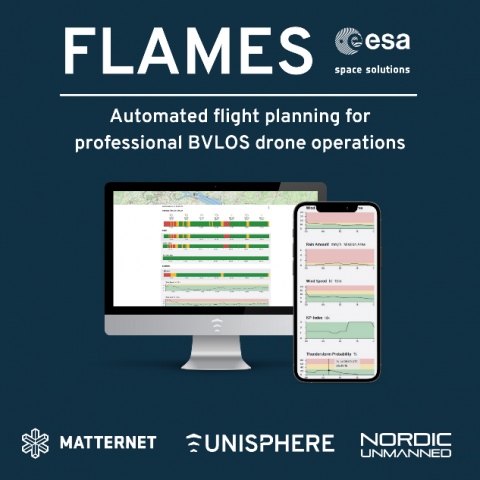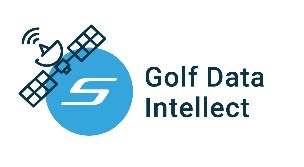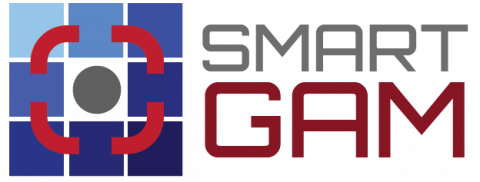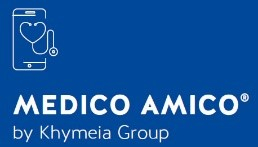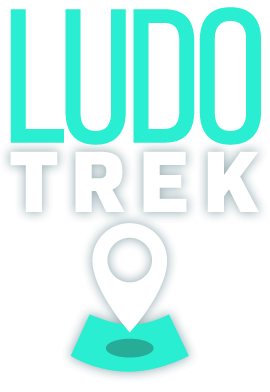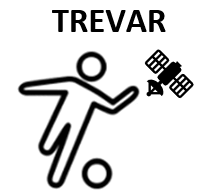Reducing the risk of bird strikes using satellite images and Ascend’s Normalised Difference Water index software (NDWI)
BROWSE PROJECTS
Based on user needs and industry skills, the evolution of customized solutions and the establishment of innovative services is accomplished through project activities. Focusing on various thematic areas, relevant information on the project activities is provided below.
WISE 5G
Status date: 17 May 2022
The enhanced performance of a 5G oriented connectivity on-board of Ferry Vessels based on the use of Ka HTS and Ku satellite bandwidth, as supplementary backhauling, can introduce on-board new families of services for the passengers, the crew and the Ferry itself.
Local Hub
Status date: 17 May 2022
The community calendar model will underpin healthier ageing, help address deprivation and inequalities through improved access to transport to activities, improving overall health and wellbeing, mental health and prevention of long-term conditions.
Orbital Assets
Status date: 02 May 2022
Earth Observation (EO) technology holds significant potential to map and monitor building assets and material stocks in urban environments, at scale - thus providing key information to improve resource efficiency and circularity within the building and construction sector. Orbital Assets will pilot and prototype new EO solutions to systematically map and monitor building objects, elements, and types in urban areas.
Purlieu
Status date: 28 April 2022
The Farmeye Purlieu system delivers an innovative means to survey and monitor hedgerows. The system combines traditional well-established methodologies for surveying hedgerows with state-of-the-art precision GPS/GNSS, photogrammetric techniques and low-cost terrestrial lidar scanning (TLS).
inSAR4insurance
Status date: 28 April 2022
Stability Monitor is web application delivering information regarding ground movement of client’s area of interest, assessing not only the risk of the territory to move or fail, but the long-term trend of such movement and related statistical information. The potential clients of the solution are insurance and development companies (spatial/urban planning, architectural and engineering offices), taking care of real estates.
Stability Monitor is to be a web-based solution (web application) delivering information regarding ground movement on specific areas.
CONTACTLESS
Status date: 28 April 2022
Contactless Car Rental, transforms the car rental experience from being counter-centric to app-centric. It ensures a car rental company can offer a service where the rental customer can get the right car in the right location at the right time, providing much greater convenience while removing the need for user/staff contact.
HERMES
Status date: 28 April 2022
To provide end users, i.e. Hospital Organizations, Medical Screening and First Aid Units, with an efficient services ecosystem for the monitoring, management and prevention of Medical Emergency from pandemic such as COVID-19.
FLAMES
Status date: 28 April 2022
With the FLAMES project, the consortium of Unisphere, Matternet and Nordic Unmanned demonstrated how simulation technologies can be used to increase the automation of drone flights in an urban and maritime environment.
For the first time, high-resolution weather data, the Copernicus digital elevation model, aircraft performance models and trajectory simulations were combined to create a digital twin of drone flights. This forms the basis for automated flight planning, which is offered as a SaaS service. Moreover, the validated simulation technology is the basis for autonomous flight operations in the future and enables a reliable transfer of pilot knowledge into software. As a result, a broader customer base will be able to use drone technology.
Golf Data Intellect
Status date: 14 March 2022
Technology that automatically records every round, every hole and every shot. Then delivers actionable insights into over 100 statistics that relate directly to your own golf game. The technology works in the background to identify the exact position of every shot. The data is then used to generate statistics, analytics and insights through an array of engaging features that improve a golfer’s game.
Smart-GAM
Status date: 13 April 2022
Smart GAM aims at offering an innovative and semi-automatic decision-making supporting system for asset management and predictive maintenance purposes to improve the financial resilience of assets, taking advantages of innovative data-fusion algorithms, satellite Earth Observation technologies and their integration with ground-based monitoring/database segment. SGAM focuses on the risks related to structures and infrastructures, analysing their interaction with the local geological and environmental context, by automatically evaluating the direct or potential future interferences with geohazards such as landslides, floods, sinkholes, fires etc. The service aims to support Decision Makers in defining and prioritizing the maintenance operations based on the asset vulnerability and loss scenarios, with a philosophy that may be summarized as “FROM HAZARDS TO MANAGEMENT SOLUTIONS”.
MEDICO AMICO
Status date: 13 April 2022
MEDICOAMICO is a new App allowing medical staff, wherever they are, to monitor their patients at home, to make teleconsultations and to deliver telerehabilitation sessions.
The patient simply needs to download MEDICAL AMICO on his/her smartphone, tablet or PC.
Rehabilitation sessions can be carried out both in real time interactively with the Therapist, or independently by the Patient, but always monitored at any time by the Therapist.
REACT2
Status date: 13 April 2022
React 2 provides satellite and emergency communications to deliver national and regional health bodies, to hospitals and first responders on the ground, a truly innovative pandemic response system. A fully integrated software suite which supports pandemic responses as well as major emergencies. React 2 provides a ‘Virtual Command and Control’ system for emergency management and a ‘Back-office’ system for Case Report Form and Contact Tracing Forms analytics.
LudoTrek
Status date: 13 April 2022
LudoTrek is a GNSS-based learning game platform with an easy-to-use interface for creating customisable routes which can designed for educational and entertainment purposes.
TREVAR
Status date: 21 March 2022
TREVAR is a platform designed for the realisation of tactical training in team games. The solution is based on GNSS satellite positioning technology and Virtual and Augmented Reality (VR/AR) aspects. The recipients of the system are coaches and players. The main functionality of the system is based on ability to visualise selected tactics and conventional training.


